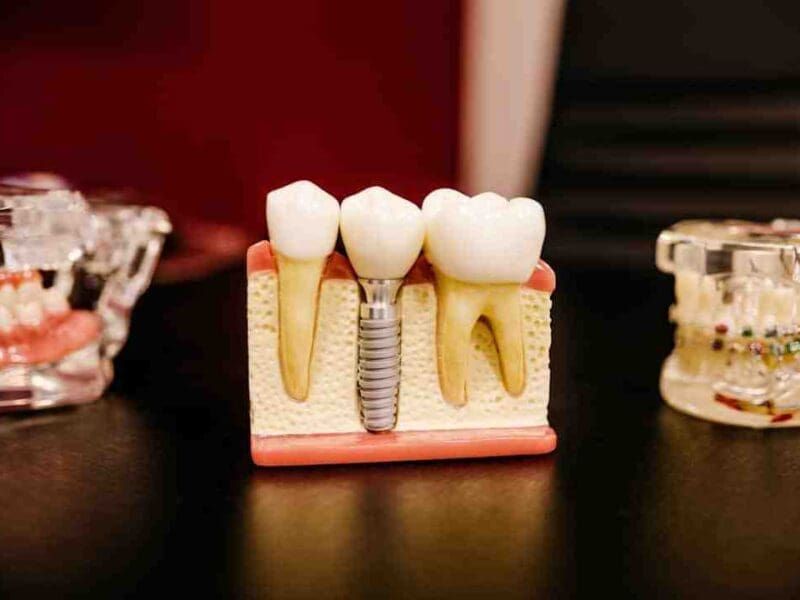
How Effective Is Botox For Migraines?
Migraines are debilitating neurological conditions characterized by intense throbbing headaches often accompanied by sensitivity to light, sound, and nausea. Those who suffer from chronic migraines know how they can significantly impact their quality of life. Over the years, various treatment options have been explored, and one that has gained attention is Botox.
Originally used for cosmetic purposes, Botox has found a new role in providing relief for migraine sufferers.
Understanding Botox for Migraines
Botox, short for Botulinum toxin, is a neurotoxic protein produced by the bacterium Clostridium botulinum. It has been widely used for treating facial wrinkles and muscle spasms due to its ability to temporarily paralyze muscles by blocking nerve signals. However, its application in treating migraines is rooted in its effects on nerve transmission.
Botox’s mechanism for treating migraines involves inhibiting the release of neurotransmitters that transmit pain signals. When injected into specific sites around the head and neck, Botox prevents the activation of pain pathways, thereby reducing the frequency and intensity of migraines. It is important to note that Botox treatment for migraines is different from cosmetic applications, as the dosages and injection sites vary.
Efficacy and Benefits
Clinical trials and real-world experiences have demonstrated the potential benefits of Botox for migraine relief. The U.S. Food and Drug Administration (FDA) approved Botox as a treatment for chronic migraines in 2010, highlighting its efficacy in reducing headache days for individuals who experience 15 or more headache days per month. The treatment is generally considered when other options have proven ineffective or caused intolerable side effects.
Several studies have reported significant reductions in the frequency, duration, and severity of migraines after Botox treatment. The onset of relief may take a few weeks, but many patients experience noticeable improvements in their migraine symptoms. Additionally, Botox’s effects are known to last for several months, which means fewer injections compared to other treatments that require daily medications.
Limitations and Considerations
While Botox holds promise as a migraine treatment, it’s important to recognize its limitations and considerations. Not all migraine sufferers are suitable candidates for Botox treatment. Physicians usually assess the patient’s medical history, frequency of migraines, and response to other treatments before recommending Botox. It’s essential to consult a qualified healthcare professional to determine the appropriateness of this treatment.
Botox injections are not entirely devoid of side effects. The most common side effects include injection site pain, redness, and swelling. Some patients may also experience temporary muscle weakness due to the paralyzing effects of Botox. It’s crucial to discuss potential side effects with the healthcare provider before proceeding with treatment.
Furthermore, Botox treatments are not a one-size-fits-all solution. The Ideal Age for Botox Injections. Embrace a youthful radiance through strategic treatments for ageless allure.The effectiveness of the treatment can vary among individuals. Some patients may experience a significant reduction in migraine frequency, while others may not respond as favorably. It may take a few treatment cycles to determine the treatment’s true impact on an individual’s migraines.
Conclusion
Botox has emerged as a viable option for managing chronic migraines, offering relief to individuals who have exhausted other treatment avenues. By targeting the underlying mechanisms of pain transmission and muscle tension, Botox injections can significantly reduce the frequency and severity of migraines. While its effectiveness is well-documented, it’s important to remember that Botox treatments for migraines are a medical procedure that should be administered by qualified professionals.
If you are a chronic migraine sufferer seeking alternative treatment options, discussing best Botox treatment with your healthcare provider is a crucial step. Your medical history, previous treatments, and individual response will be assessed to determine if Botox could be a suitable solution for you.
Remember, finding the right treatment approach requires collaboration between you and your healthcare team to achieve the best possible outcome in managing your migraines.







